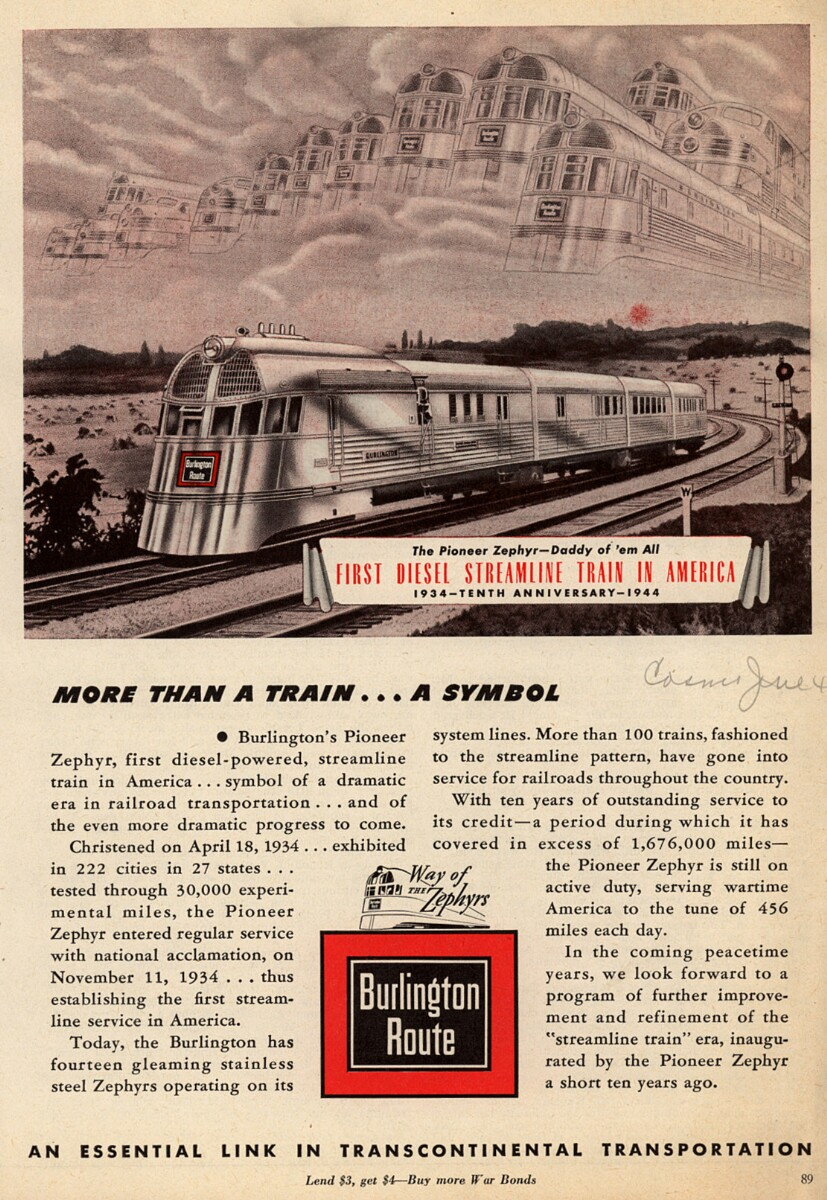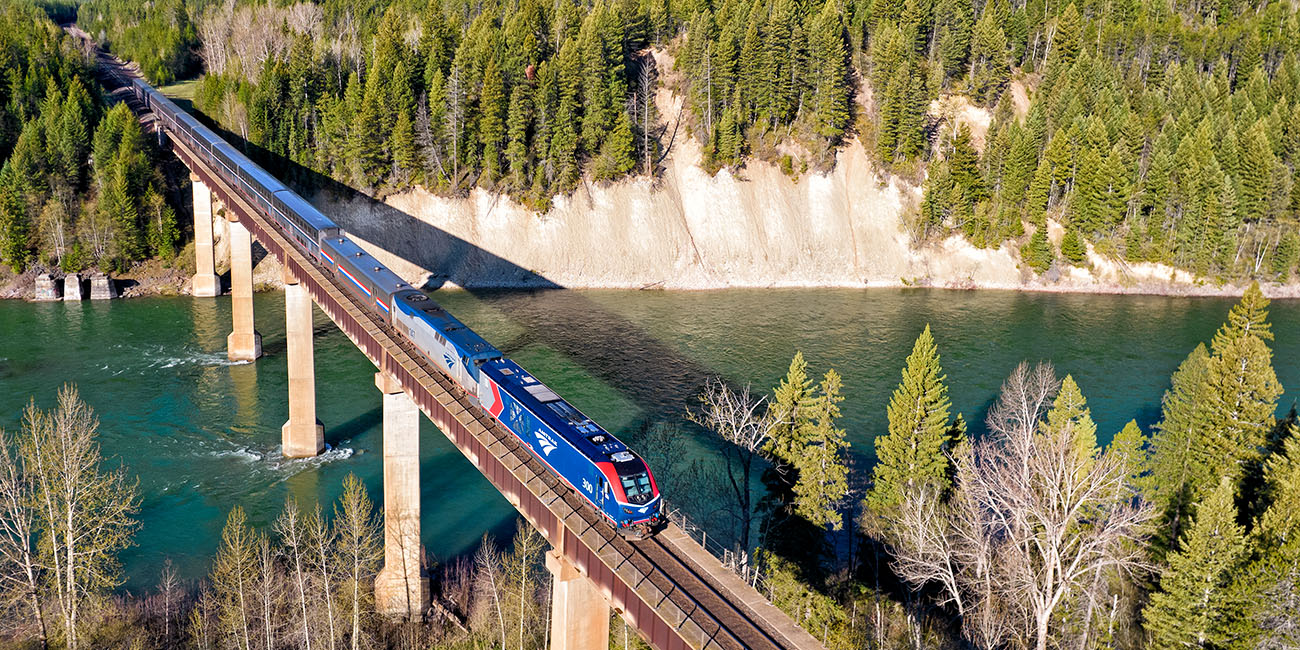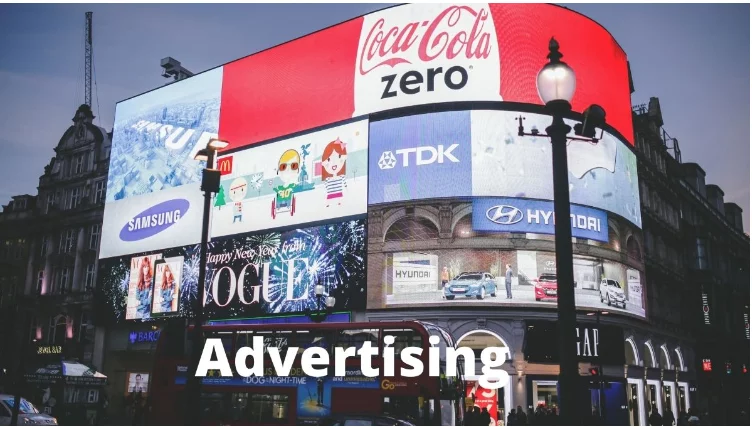Advertising Then and Now
Advertising has always been influential in society. It shapes consumer habits, social norms and can even go as far as shaping moral values. According to theorists like Sut Jhally, "advertising does more than promote goods; it sells dreams, lifestyles and identities" (Jhally) From printing campaigns from long ago to personalized digital ads that we have today, the industry's goal still remains the same; to create emotional connections between products and people, making sure that they appeal to their audience properly. Advertising continues to function as both a reflection of the societal norms and also is a catalyst in cultural change. It constantly evolves to align with public views. During the mid-20th century, advertisements often celebrated technology, progress, and post war optimism while today, ads have started to tend to focus more on sustainability, diversity and digital connection.
In both eras, advertisers have carefully designed their campaigns to appeal emotionally to their audiences. Whether it's language, color, imagery or even social symbolism, advertisers are experts at making sure they meet the criteria to appeal to these senses. In this blog, I will go over the changes over the years and compare and contrast the "More Than A Train" ad with the "Retrain Travel" from Amtrak.

More Than A Train
The ad "More Than A Train" from Duke University Libraries Ad Access collection presents rail travel as a symbol of progress and national pride. The first thing that stands out is the modern locomotive gliding through an open landscape. A visual metaphor for post-war optimism and boost for industrial strength. The headline has emotional appeal, suggesting that the train isn't just another piece of travelling metal but is a symbol for freedom, connection and the American Dream.
During the 1940's advertising was commonly used with patriotic imagery and appealed to unity of the people. The ad's design, usage of words and tone, and depiction of middle-class families reflect cultural values of post-war America. This sparked optimism economically, united the people and instilled trust in technology. However, there was a lack of racial diversity during this time so it sheds light upon the limited inclusivity during this era of advertising.
Everything in this ad is deliberate and intentional down to the exact lines. The sharp lines show modern design, the bright horizon signals hope/positivity and the powerful locomotive represents the advancement of technology. The emotional appeal in this ad is patriotic and aspirational as it encourages consumers to indulge in train travel.
Credit: Duke University Libraries

Modern Comparison: Amtrak Ad
A modern example of a similar ad is Amtrak "Retrain Travel" campaign. The campaign emphasizes travel comfort, convenience, and sustainability. Instead of focusing on industrial strength or national pride, it paints train travel as eco-friendly, modern and comfortable. It appeals to the values of environmental responsibility. For example, Amtrak states that "train travel is 46% more energy-efficient than driving and 34% more efficient than flying" (Amtrak).
In this modern ad, the appeal shifts from manufacturing/industrial progress to ethical energy consumption and experiential value. In other words, clean energy and the value of the product is created in the process of the consumer experiencing it. However, in the Ad, "More Than A Train," it focused more on selling faith in post-war technology. The Amtrak campaign sells sustainable choices and an inclusive travel experience. The target market are people who are younger, environmentally conscious travelers and people who want to contribute to environmental benefit.
The social relationships portrayed in the ad, emphasize, accessibility, service, comfort and environmental awareness rather than a narrow middle-class, race dominated role. In this ad, it adopts a conversational tone that acknowledges the consumer and invites them to participate in an environmental contribution. Instead of focusing on pride/patriotism, it breeds empathy and a shared responsibility amongst society


Conclusion
The comparison between the "More Than A Train" advertisement and Amtrak's 2024 "Retrain Travel" campaign reveals how advertising reflects cultural evolution over the years. While the first ad linked rail travel to patriotism and industrial progress, Amtrak associates it with sustainability, comfort and inclusivity. The industry's techniques appeal to emotion, lifestyle, identity are still the same in both but the values that they are trying to evoke have changed as society's priorities also changed. With advancing technology and the shift in cultural norms, it ultimately resulted in a drive for the shift. Ads continue to shape not just something to buy but something society believes and prioritizes.
Lastly, I believe that the industry's transformation also reflects advances in technology. Back then, ads relied on static images and persuasive texts while modern campaigns have access to data driven personalization and animations to create a more powerful ad. despite these changes, advertising still continues to have the goal of shaping how people understand themselves and their world. Even if it were patriotic imagery or eco friendly messages, advertising will still continue to shape not just what we purchase but what we believe in.
Credits: Advertisement
Create Your Own Website With Webador